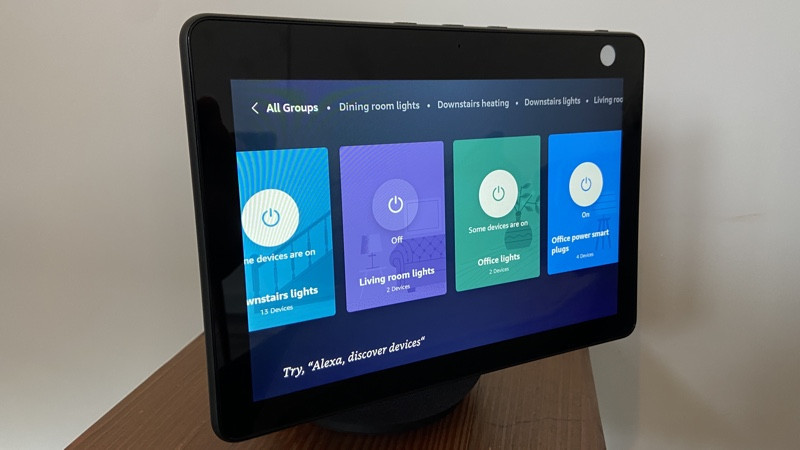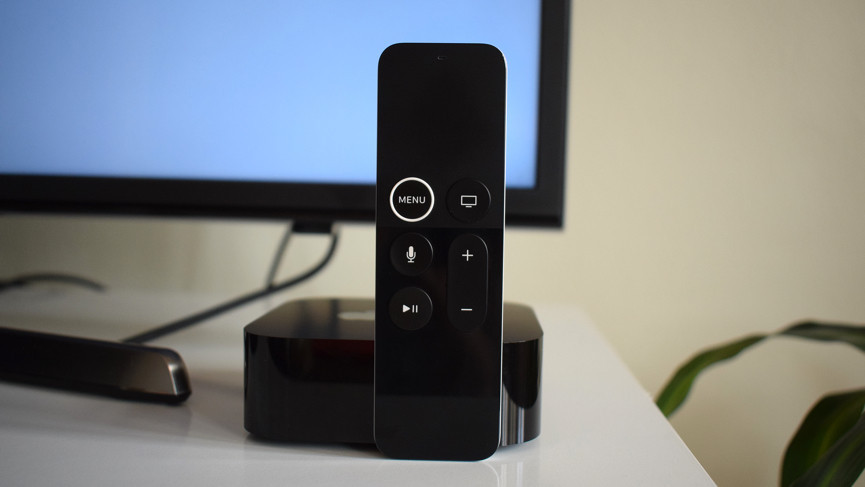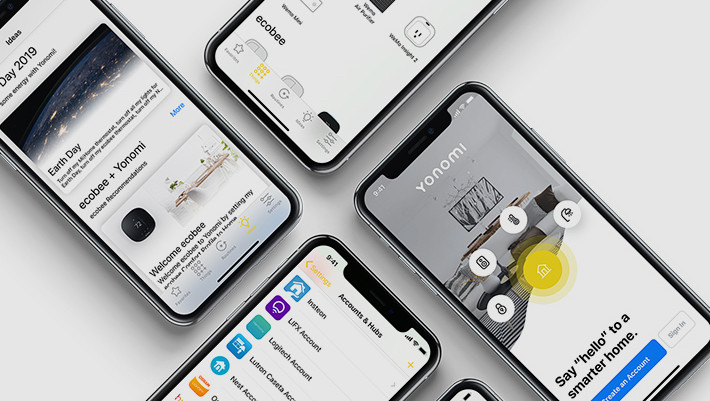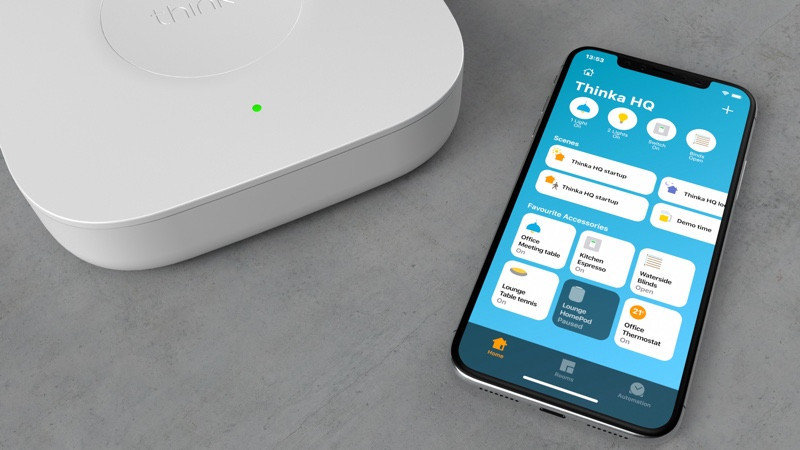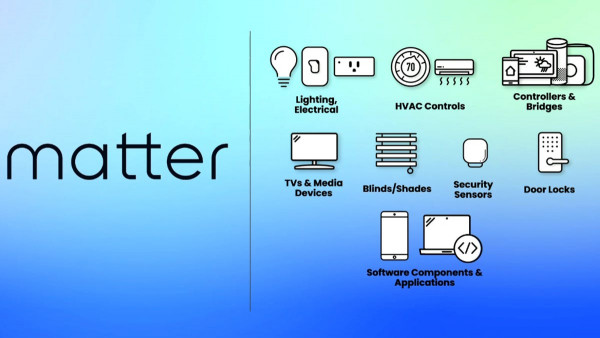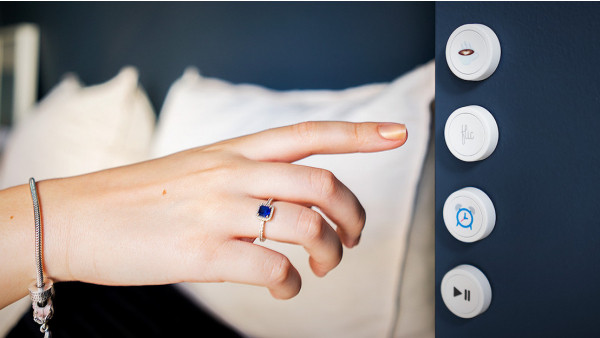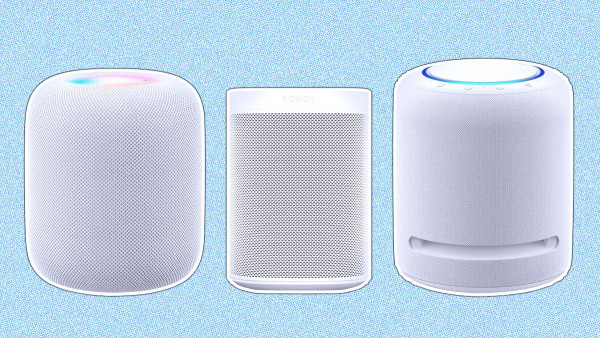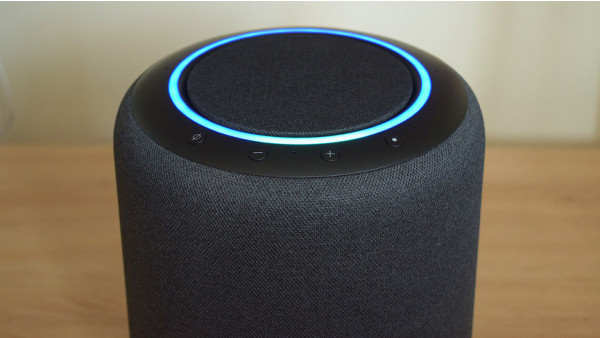The best smart hubs for 2023: Get more from your hub
16 min read
Don’t listen to anyone who tells you otherwise.
Even with Matter, you may need a hub for home automation to make it easier.
The reality of the death of the smart hub is less certain. Hubs come in many different forms. You may already have a smart hub, and you might not even need to purchase anything.
Smart speakers like the Google Nest and Echo can help you replace your home hub, which is often pictured as a white box connected to your router.
All depends on the tech you’d like to connect, and how. You’ll have to learn about protocols like Zigbee and Z-Wave. Also, Alexa, Google Assistant. HomeKit. SmartThings. Matter. Thread.
It can be confusing. This guide will help you.
You can find out more about the best smart hubs by scrolling down. We’ve included all the important details, such as what they do exactly and in-depth reviews.
- How to create a smart home with Alexa
- Smart Home: How to Get Started
- Smart Home Wiring – A Beginner’s Guide
Jump to the information you need
- The best Google Hub
- The best Alexa Hub
- The best HomeKit Hub
- What is a smart hub?
- Different hub types explained
Best smart home hubs
We’ve selected the best smart hubs for your home.
We have the hub that’s right for you, whether you are just getting started or are already committed to a particular ecosystem.
Aeotec SmartThings hub is the best smart home hub.
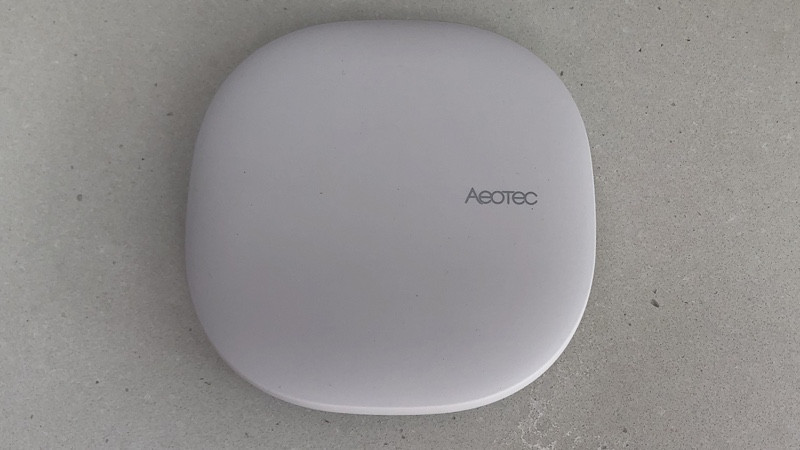
- $119.99 / PS99.99
- Connectivity: Wi-Fi, Ethernet, Bluetooth, Zigbee, Z-Wave, Matter, Thread.
Samsung’s SmartThings ecosystem is incredibly popular. Although the Korean company previously made the hardware itself, it now outsources the manufacturing of SmartThings devices to third-parties.
Aeotec SmartThings Hub, which is the same as the Samsung-branded Hub v3, but with a different brand name, can be a good alternative.
SmartThings Base is a flexible hub that supports a wide range of devices, thanks to its openness and integration with both Zigbee & Z-Wave.
The Thread Border Router can also be used as a matter controller.
SmartThings’ general usability could be improved, and there are some app issues that need to be addressed (despite some welcome updates over the last 12 months), however those who have a variety of different products may be able overlook these shortcomings.
SmartThings’ greatest strength is its versatility. It is the most compatible hub and integrates both Alexa, and Google Assistant so that you can control your connected devices using voice commands.
SmartThings is a great product once it’s set up. There were two apps: Samsung’s Connect and the original SmartThings, which was updated up until last year.
It’s the plan to get everyone to switch to this newer app, which is a better experience. It’s a problem that some SmartThings fans have spent many years creating automations, scenes, etc. in the older SmartThings app. These won’t transfer.
You can ignore all that if you are a new customer and enjoy the best smart home hub that is compatible with an array of devices.
The power of this hub is unquestionable and its interoperability is unparalleled. For more information, read our Aeotec SmartThings Hub review. Then read our guide to the SmartThings eco-system, and then check out our reviews of the best Samsung SmartThings compatible products.
We love what we do
- Broad device support
- Z-Wave & Zigbee
- The Thread Border Router and Matter Controller
What we don’t Love
- Some app confusion
- Usability issues
- Smart home technology is now affordable
Best Alexa smart home hub: Echo Show 10
- $249 / PS249
- Connectivity :WiFi, Bluetooth Zigbee, and Matter
Amazon’s Alexa ecosystem has finally become a viable system for running your smart home setup, especially after the tech giant began packing Zigbee into its intelligent speakers.
It’s the best choice for anyone who wants to control their multiple devices.
The Alexa voice assistant is available on a limited number of smart home devices. It will take over control, as the scenes and groups work seamlessly. You can also use the Alexa app as well as voice commands to control your devices.
Alexa allows you to create Routines based on time, voice commands, device-based Routines, geolocation-based Routines, and Echo Button based Routines. This helps all of your devices work together.
The best hub for this is the Echo Show. This includes the original 10-inch model or the new Echo Show 10. Not the Show 15 or 5-inch models.
It has built-in Zigbee, which means you can get rid of many ecosystem hubs, and use Zigbee instead to connect to a variety of devices, including Philips Hue lighting, or even sensors from SmartThings, Ring Alarm and other brands.
Alexa is a smart home system that can be enhanced with sensors. You can create Routines to turn the lights on when you enter a particular room without using your voice.
If you don’t need a screen, the (discontinued), Echo Plus speaker, the 4th Gen Echo, and the 2nd generation Studio also have a Zigbee Hub. The screen is a great way to view and control your devices, as well as live video footage.
Alexa, at the moment, isn’t powerful enough to stand on its own, as SmartThings does. While it is now also a Matter Controller, there are no thread capabilities or Z-Wave as yet.
To learn more about how to set up Alexa to be your hub for smart home, read our guide on setting up Alexa Smart Home or our guide on using Alexa Routines.
We love
- Alexa
- It works with almost everything
- Easy to set up and use for humans
- Zigbee Support
- The Show can be used as a picture frame
We don’t like
- Routines are not always reliable
- The Alexa App is Clumsy
- Zigbee Echo devices cost more
- There is no Z-Wave (or thread) yet
Amazon Echo Show Review.
Best Google smart home hub: Google Nest Hub (2nd-gen)
- $89.99 / PS89.99
- Connectivity :WiFi, Bluetooth Matter, Thread
Google’s smart home hub is catching up with Amazon’s Alexa, but still lacks some key features.
You can also use Google’s gadgets to control your gadgets using voice commands, time and touch.
Google is the best option if you own older Nest products, such as the Nest Protect smoke detector, Nest Hello Doorbell, Nest Secure alarm system and the Nest Thermostat.
Google Nest Hub Home View is a top down view of your smart home. It gives you quick access to all connected lights, locks and thermostats. You don’t need to speak or take out your phone if you do not want to. It’s also a great digital photo display that integrates seamlessly into your Google Calendar.
Google’s Works With Google program allows you to control smart home devices and systems through the Google Home App and Google smart speakers by using Google Assistant voice commands.
Google Routines allows you to turn off your lights, lock your doors, adjust your thermostat or do all of these things at once.
However, there are many limitations and some of the bajillion integrations have very limited functionality. The Google Nest Hub offers a simple, yet effective interface to manage your home and digital life. It will only improve.
Google has enabled the Nest Hub to become a thread border router now that Matter smart-home ecosystem is here.
Our roundup of the top Google Assistant compatible devices will help you decide if these products are a good match for your smart home.
We love what we do
- The smaller size
- Google’s Home View
- When not in use, it doubles as a picture frame
- Now cheaper than ever
We don’t like
- No Zigbee/Z-Wave Support
- Alexa has more compatibility
Google Nest Hub Review.
Best HomeKit hub: Apple TV 4K 2022 (128GB)
- $149 / PS129
- Connectivity:WiFi, Ethernet Bluetooth, Matter Thread
The new Apple TV (4K, 2022) promises a USB C Siri Remote, performance improvements, and HDR10+ support, all at a lower price.
We have named the 128GB model so specifically because it has both a Border Router and a Matter Controller. The 64GB model does not have Thread. You may not even need to upgrade if you have the 2021 model.
Apple’s HomeKit is a hybrid between a hub software and a hub hardware. You can use your iPhone or iPad to control HomeKit-compatible devices, and you will need to purchase a box that allows you to run Automations.
Apple TV is an excellent hub to get the HomeKit experience. You can also use the Remote on the Apple TV to call Siri. The Apple TV has an Ethernet port for a better connection.
You won’t find Zigbee, Z-Wave, or any other wireless technology here. Everything is Bluetooth and Wi-Fi. And you will need separate ecosystem hubs for Phillips Hue lights and WeMo devices.
HomeKit is growing, and the ecosystem has a number of products that can be used to create a decent set-up. HomeKit’s integration into iOS means that there is no need to learn a new system. You can control your iPhone, Apple Watch and Mac computers with Siri, or any other device.
It’s easy to set up Automations and Scenes in the HomeKit hub. And because the majority of communications are local (meaning that they don’t need to be sent to the cloud to process), it is one of the fastest smart home hubs tested. HomeKit is covered in our guide on setting up an Apple Smart Home.
Apple TV 2021 is no longer available. The cheaper and more advanced model has already been released. If you find the 2021 model for a great price, it comes with a Thread Radio and can be used as a border router.
We love what we do
- Visual HomeKit Experience
- Ethernet port
- This is also a fantastic 4K streaming device
We don’t like
- HomeKit is only supported by a small number of developers
- HomePod is the best mic
- 64GB version no Thread
Read the full Apple TV review.
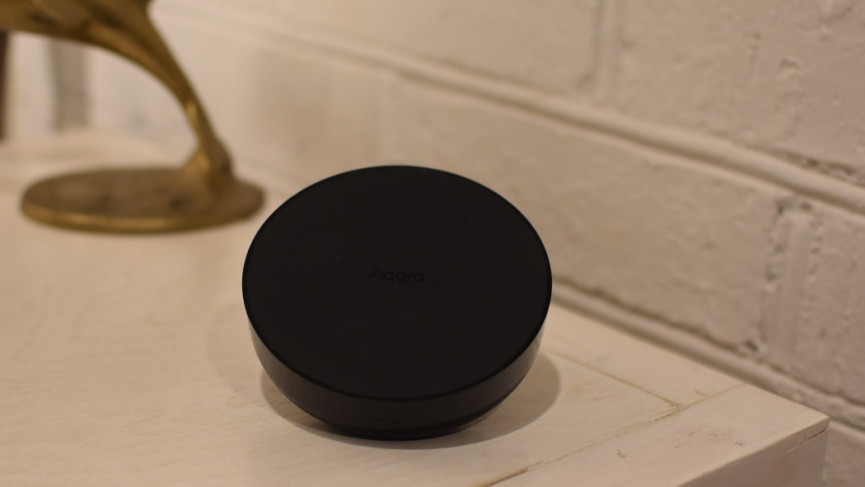
Aqara Hub M2: Best budget hub
- $59 / PS54.99
- Connectivity Wi Fi, Ethernet, Bluetooth Zigbee, Matter Thread
Aqara has become a major player on the market for smart homes, offering low-cost and high-quality products to fit every corner of your home.
Aqara offers a variety of products, including motion sensors and smart switches. These devices work with Apple HomeKit as well as Amazon Alexa and Google Home.
Aqara is an ecosystem of products that revolves around three Zigbee hubs. The M2 offers a lot of value at an affordable price.
The M2, a Zigbee system, works with Alexa HomeKit and Google Assistant and can expose Aqara’s battery-powered smart gadgets and sensors to your voice-controlled home system of choice.
Aqara hubs are capable of accommodating up to 128 “child” devices. You can add up to 32 “terminal devices” (battery powered sensors, buttons) before you need a relay device. A relay device will always be powered, and any wall switch that has a neutral wire is compatible with the Aqara System.
If you want to use your Aqara alarm system as a self monitored alarm, the M2 has a speaker which can also be used as a siren.
The remote also includes an IR transmitter, which you can use to replace any IR-controlled TV, fan or gaming console.
The M2 will also allow you to integrate all your Aqara smart devices into the Matter system.
Aqara offers a number of smart hubs for its ecosystem in addition to the M2. These include the M1S and the Aqara hub E1, as well as hubs with security camera capabilities, such as the Aqara camera hub G3.
Keep in mind that Matter is not yet available on any of the hubs.
We love
- Compatible with all eco-systems
- Buy Tickets Online
- Built-in siren
We don’t like
- Native app is cumbersome
- The security system can be a little buggy
Read our full Aqara smart home review.
Best smart hub for professionals: Control4
- Price varies
- Connectivity: Wi-Fi (Wi-Fi), Ethernet, Bluetooth, Zigbee and Z-Wave, among others.
Control4 is a specialist in connected systems that are tailored to the needs of homes, hotels, businesses, and other establishments. Only authorized dealers can install and configure these setups.
This is a premium offering, and it costs much more than the DIY smart home hubs that we have discussed. Control4’s customers are assured that they will receive a top-of-the-line system with an extensive support network for any problems or changes.
Control4 can be used to control smart locks, lighting, HVAC, multi-room audio systems, and security systems. It is compatible with more than 35,000 devices and uses Zigbee and Z-Wave.
Control4 is for those who have the money to invest in a high-end hub of smart home automation, but don’t want to get their hands dirty by building their DIY system.
Its high prices aside, it provides its customers with world-class technology in a system that is rock-solid and expertly supported. Control4 is the best choice for a home network that’s top-notch or premium audio.
We love
- High-end devices
- Amazing Customer Service
- Look at these sleek controllers
- Evolutionary system
We don’t like
- The cost is very high
- Locked down system
- Configurations for limited users
- The smart doorbell doesn’t work well
Read the full review of Control4.
Abode Iota/Essentials Gateway is the best smart home hub for security.
- $199 / PS299
- ConnectivityWiFi, Ethernet Bluetooth Zigbee Z-Wave abodeRF
Abode offers two versions of their security system: the Essentials gateway (2nd gen) or the Iota. Both have a lot of smart home bug features thanks to the 4G cellular radios and Z-wave chips. They also come with a Zigbee Radio, six-hour batteries, and a MicroSD card. Iota is Wi-Fi capable, while Gateway requires Ethernet to connect to the router.
First and foremost, these are high end smart security systems with smart home hub features second. It’s not the perfect integration of the two but it is one of the most successful attempts to date. Integration with Alexa, and the ability to trigger Alexa Routines using Abode sensors, is a huge step forward.
You can connect up 160 Zigbee or Z-Wave devices. It is compatible with Google Nest and Philips Hue.
The proprietary abodeRF technology in the Abode hubs also has a range that is 1,000 feet. This is much longer than the systems we have tested. So, even in large houses, you can get a good connection between the sensors and the hub without a mesh or extenders.
The CUE app allows you to set up automation similar to IFTTT, allowing you to tailor your system according the lifestyle you lead.
We love
- Excellent security system
- CUE automation is fantastic
- Easy Installation
- Z-Wave & Zigbee on Board
We don’t like
- Smart home hubs are second-class citizens
- The app is a bit clunky
- Costly extra security components
Read the full Review of Abode Security System.
Consider these other smart hubs for your home
These hubs are not the only ones available. You may also want to look at these other models for your smart-home setup.
- Ezlo Secure
- Hubitat Elevation
- Ring Alarm Pro for Z-Wave devices and Wi-Fi devices
- Thinka HomeKit z-Wave hub
- Athom Homey
- Securifi Almond 3
Yonomi is the best software-only hub
Yonomi, a smart-home hub for your smartphone is available in both iOS and Android versions. You can use it to manage all your smart home devices.
Yonomi is compatible with all major brands – Sonos and Alexa as well as Google Assistant. It also works with Philips Hue and Ecobee.
Download Yonomi for Android or iOS to get started. Let the app “discover your devices” and start creating Routines based on the time of day, sunrise/sunset and location.
Find out more about Yonomi by checking out our guide.
What is a smart hub?
The smart home hub is the perfect solution for those who have multiple smart gadgets from different manufacturers in their home.
smart lights are a good example. If you’ve managed to collect products from three different manufacturers, and want them all to work together in one room under the control of a single device, then a smart hub is what you need.
Smart home hubs are designed to connect all of your devices to the Internet, allowing you to control your home from anywhere (via the internet).
You’ll need something with a Wi-Fi network to communicate with your smartphone if you want to schedule your lighting or turn on your heating from your office.
A hub helps your devices communicate with each other by acting as a translation for their various languages (or protocol), such as Zigbee Zwave Thread, Bluetooth and Wi-Fi.
SmartThings Hubs can be used to set up motion sensors by the front door. When the sensor detects movement, it will send a signal to the Samsung SmartThings Hub, which can then tell your SmartBulb smart bulbs that use the Zigbee Protocol to turn on.
The devices are small and some of them may be battery-powered. They can’t communicate directly with each other. Multiple radio protocols would result in bulky and power-hungry devices. Instead of ugly smart bulbs and giant sensors, one hub can pack all radios, and do all the communication – like a switchboard in your home.
Compatibility of Matter and Thread
We have referred to both Matter and Thread throughout this guide – as well as their importance.
Matter is compatible with any hub smart for the future that’s worth its salt.
What is Matter exactly? It’s basically a collaboration of some of the largest tech companies – Apple Google Amazon Samsung, the Zigbee Alliance and other tech brands to create a standard for smart homes.
Compatible devices will work together seamlessly, and users are not locked into a single ecosystem (or until each hub is purchased from a different manufacturer).
Thread for the Smart Home: An explanation
As we mentioned in the introduction, this makes the idea of a traditional hub for the home a bit shaky. But, in reality, they are now often versatile devices on their own. The next generation of hubs will be any smart device in the home that can function as a Thread router.
Thread is more important than ever with matter 1.0 rolling out and certified devices coming soon. Thread will be a key part of this movement as it is the low-power protocol which will allow Matter devices to communicate with each other.
Let’s clarify Thread’s role if this all sounds like another language.
What is a thread border router?
Hubs are devices that act as Thread border routings in the Matter universe.
These work very much like a traditional smart hub. They allow devices to access your local Wi-Fi network and cloud, as well as ethernet. This router sits at the ‘border of the network’ and connects it with the outside world, similar to a standard Wi-Fi router.
As you can see from the list of best options, they come in many different shapes and sizes. Some are streaming boxes; others are smart displays, and still others are screenless speaker.
You may already own one, or in the future you will have to integrate a device into a Thread radio.
How do I select a hub for my vehicle?
Three types of hubs are available for smart homes: hubs with traditional radios, hubs that have voice-assistants or hubs that only use software.
If you want to go all out, then maybe three types are needed. Each type has its own function:
Smart home hubs that are traditional
Hubs like Samsung’s SmartThings or Athom, and Hubitat have all the software and protocols required to control any device from a single app.
These solutions may seem to be a panacea for all smart home problems, but there are some issues. Just because you invested in SmartThings does not mean that you have a hub for all of them.
Some ecosystems only work when their hub is in place. Not all products, even those with compatible radios, are “supported” by each hub.
There are some workarounds but they’re complicated. This is where traditional hubs generally fall short, as they have a steep learning curve.
Voice Assistant Hubs
Smart speakers like Amazon Echo and Google Home have become popular smart home hubs in part due to their ease of use. What could be easier than using voice?
Smart speakers don’t rely on radios to read the device’s protocols. Instead, they use software through their a href=”https://www.the-ambient.com/guides/how-to-use… Smart speakers connect gadgets through software, rather than relying solely on radios.
As soon as your devices have been captured by Alexa or Google you can begin controlling them with voice commands, Groups, and Scenes. This allows you to group devices together and control them all with one command.
Amazon released the Echo Plus, which had a Zigbee radio built in, a few years ago. It has since put the Zigbee Hub inside the Echo smart speaker and other Echo products such as the 4th generation Echo and the Echo Show 10
The hybrids are a mix between a voice assistant and a traditional hub. You can eliminate some ecosystem hubs that brands like Philips Hue utilize, by connecting Zigbee devices directly to your Echo.
Hubs that are only software-based
There are apps that can act as a hub for your home. It will unify all your devices and reduce the need for multiple apps. One caveat is that certain services will only work if you are at home.
Apple HomeKit is both a software and hardware hub. HomeKit can be plugged into the Apple Home app without a problem. You can also control it with Siri and your iPhone. If you want remote control, you’ll need an Apple hardware hub – either an iPad or Apple TV.
Yonomi can control many devices if you own an Android smartphone. It doesn’t require any hardware. Just a little patience. It’s also pretty powerful.
Ecosystem hubs
The fourth type of hub is worth mentioning. The majority of mini-ecosystems, such as Philips Hue and LightwaveRF, come with a hub (also called a bridge). This is because they use protocols like Zigbee and Z-Wave, which require an additional device to handle everything else.
Lifx, for example, is a device that uses Wi-Fi as a communication method. You will generally need to use a second smart hub, in addition to the ecosystem hub, to create a full-fledged intelligent home.
What to look for when choosing your ecosystem
Are you still unsure about which ecosystem to invest in? We are here to assist. We’re here to help.

